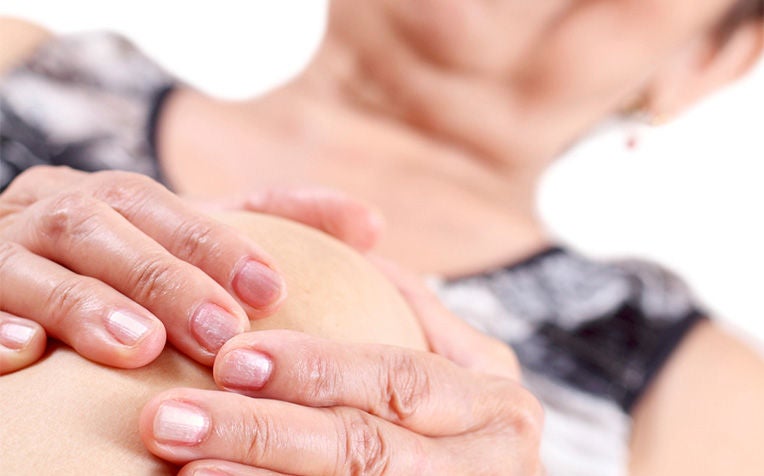
Osteoarthritis causes pain and swelling in the joints.
The most common form of arthritis, osteoarthritis affects an estimated 40 per cent of the adult population. Of these, only 10 per cent seek medical advice and one per cent are severely disabled.
Causes of osteoarthritis
"Osteoarthritis (OA) means inflammation of the joints although it is better known as a degenerative disease due to the inflammation of the joints with thinning of the articular cartilage," according to doctors from the Department of Rheumatology and Immunology at Singapore General Hospital (SGH), a member of the SingHealth group. The cartilage in our joints allows for the smooth movement of the joints. When it becomes damaged due to injury, infection or the gradual effects of ageing, the movement of the joint is hindered. As a result, the tissues within the joint become irritated causing pain and swelling within the joint.
Symptoms of osteoarthritis
With osteoarthritis, you will have no problem on arising in the morning, but as the day progresses your discomfort will increase. In the evening, there will be a dull ache in the area of the affected joint. Other symptoms include:
- Pain
- Swelling of the affected joints
- Changes in the surrounding joints
- Warmth – The arthritic joint may feel warm to the touch
- Crepitation – A sensation of grating or grinding in the affected joint caused by the rubbing of damaged cartilage surfaces.
- Cysts – In osteoarthritis of the hand, small cysts may develop, which may cause the ridging or dents in the nail plate of the affected finger.
The changes associated with degenerative arthritis tend to involve similar joints. Whereas in post-traumatic degenerative arthritis, where there is a history of acute or chronic trauma, the changes tend to be isolated to the specific joints injured.
Risk factors of developing osteoarthritis
Old age
As a person grows older, it becomes more likely that the cartilage may be worn away. Osteoarthritis is uncommon in people below 40 years of age.
Gender
Women are more likely to suffer from osteoarthritis, especially after menopause.
Previous joint injury
Someone with a previous injury to the cartilage within the joint, e.g. after a fracture involving the joint or after a sporting injury to the joint, will have a higher risk of developing osteoarthritis later in life.
Weight
A greater than normal body weight puts more stress on the weight-bearing joints such as the hip and knee, increasing the likelihood of developing osteoarthritis in these joints.
Bone deformities
People born with deformed joints or abnormal cartilage have an increased risk of osteoarthritis.
Other diseases that affect the joints
Bone and joint diseases that increase the risk of osteoarthritis include other arthritic conditions such as rheumatoid arthritis and gout.
Genetics
Genetic factors may predispose a person to the development of osteoarthritis.
More information on the diagnosis and treatment of osteoarthritis in the next page.
Ref. S13
Contributed by


















 Get it on Google Play
Get it on Google Play